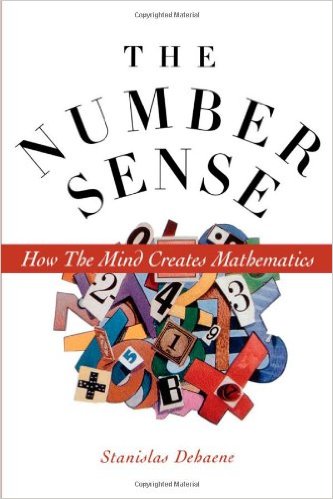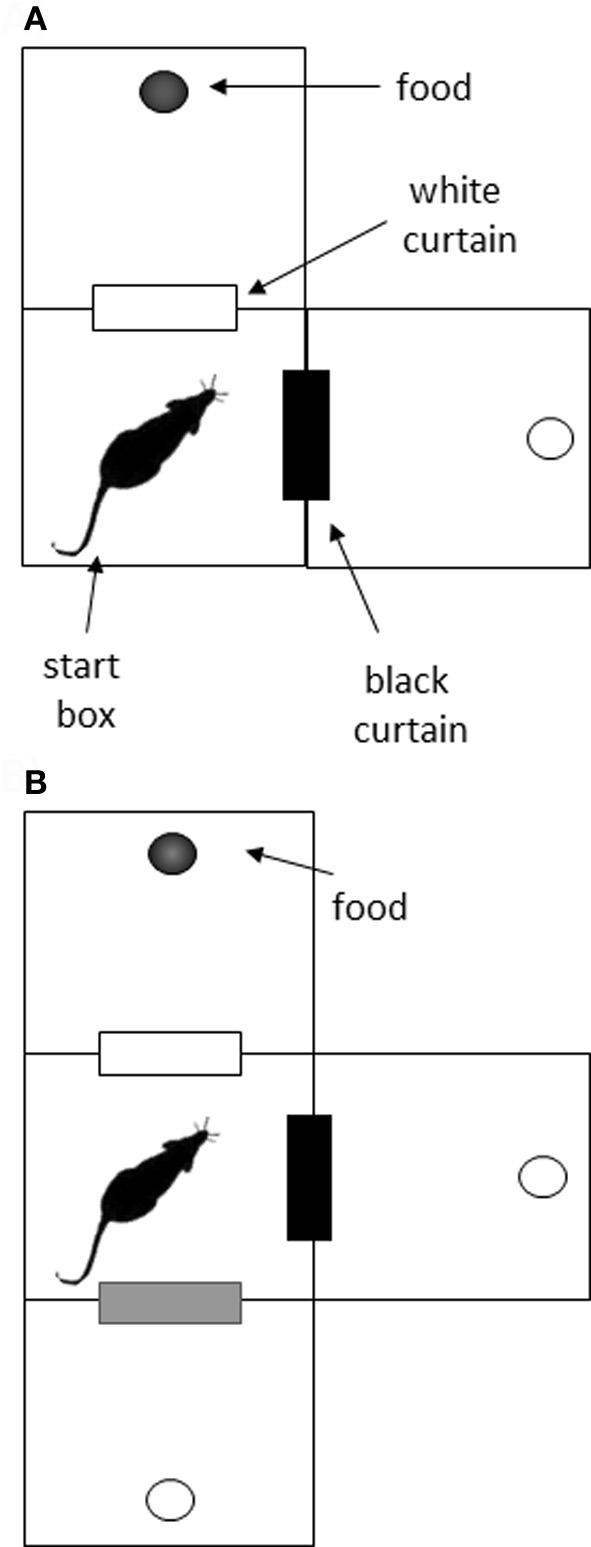Connections between vision and math may not be as obvious as are the connections between vision and reading and vision and writing. While visual problems with writing are primarily visual-motor, and visual problems with reading are both ocular motor and visual processing, visual difficulties with math are primarily related to efficient visual processing; spatial, sequential, visualization, manipulation, and perspective.
It has been known for decades that there is a correlation between how a child copies shapes and how they perform in both reading and math. While this may not be intuitive, it is understandable when the prerequisites for success in each are considered. Each require attention to detail. Each require analysis to break the whole into meaningful and manageable pieces. And each require planning, persistence to follow the plan (which is both spatial and sequential), and attention to feedback as the plan to put the pieces back together is executed. In other words, copying shapes, learning to read, and understanding math, all require organization.

The Number Sense: How the Mind Creates Mathematics, was written by Stanislas Dehaene twenty years ago after he changed his field of study from mathematics to cognitive neuroscience. We have previously posted blogs about his book Reading in the Brain. Knowing how the brain has evolved to understand numbers and how areas of the brain are repurposed to do symbolic math and to imagine solutions can be used to enhance the teaching of arithmetic. The research convinces Dehaene that the primary reason that children have difficulty learning math is because of how it is taught. Consider the following excerpts.
All people possess, even within their first year of life, a well-developed intuition about numbers. P. 5

At elementary school, our children learn modern mathematics with a brain initially designed for survival in the African savanna…. When our brain is confronted with a task for which it was not prepared by evolution, such as multiplying two digits, it recruits a vast network of cerebral areas whose initial functions are quite different, but which may, together, reach the desired goal…. Thus, some brain areas that, in other primates, seem to be dedicated to the recognition of visual objects acquire in the literate human a specialized and irreplaceable role in the identification of letter and digit strings. P. 6
To optimize the learning experiences of our children, we should consider what impact education and brain maturation have on the organization of mental representations. P. 8 (We cannot ignore the interactions between development – the stages when each child is ready to assimilate and visualize these processes – and how and when material is presented.)

There is no reason to think that number is a complex parameter of the external world, one that is more abstract than other so-called objective or physical parameters such as color, position in space, or temporal duration…. Far from being an exceptional ability, arithmetic is quite common in the animal world…. When a rat presses a lever twice, hears two sounds, and eats two seeds, does it recognize that these events are all instances of the number “2”? The ability to generalize across different modalities of perception or action is an important component of what we call the number concept. PP. 22 – 23 (Adults can easily underestimate the developmental sophistication required for the number concept that 2 ants are 2; as 2 elephants are 2; as 2 sounds are 2; and that these same numbers also have an ordinal function, i.e. first, second, third….)
Human infants are at least as gifted as their animal cousins in arithmetic, confirming that elementary numerical computations can be performed by organisms devoid of language. P. 55
I believe that subitizing in human adults depends on circuits of our visual system that are dedicated to localizing and tracking objects in space. P. 68 (Subitization is the ability to process visual information simultaneously. Other than in savants, this is limited to about 5 individual objects such as toothpicks; remember “Rain Man”. The ability to subitize correlates with understanding numbers. More items can be processed simultaneously when they are meaningfully connected such as letters in words. This is a component of proficient reading which requires the ability to process chunks of visual information. Early readers take proportionately longer to identify longer words but subitization helps readers process longer words in almost the same amount of time that it takes them to process shorter words which is known as the “word length” effect.)

An Arabic numeral first appears to us as a distribution of photons on the retina, a pattern identified by visual areas of the brain as being the shape of a familiar digit. Yet the brain hardly pauses at recognizing digit shapes. It rapidly reconstructs a continuous and compressed representation of the associated quantity. This conversation into a quantity occurs unconsciously, automatically, and at great speed. P. 78 (This is also the process used by the brain in reading once the reader no longer has to subvocalize.)
Numbers do not just evoke a sense of quantity; they also elicit an irrepressible feeling of extension in space. P. 80

A quantitative representation, inherited from our evolutionary past, underlies our intuitive understanding of numbers. If we did not already possess some internal non-verbal representation of the quantity “eight”, we would probably be unable to attribute a meaning to the digit 8. We would then be reduced to purely formal manipulations of digital symbols, in exactly the same way that a computer follows an algorithm without ever understanding its meaning. P. 87
To function in an intuitive mode, our brain needs images. P. 88
Schooling plays a crucial role not so much because it teachers children new arithmetic techniques, but also because it helps them draw links between the mechanics of calculation and its meaning. A good teacher is an alchemist who gives a fundamentally modular human brain the semblance of an interactive network. But our schools are often content with inculcating meaningless and mechanical arithmetical recipes into children. This state of affairs is all the more regrettable because most children enter preschool with a well-developed understanding of approximation and counting. In most math courses, this informal baggage is treated as a handicap rather than as an asset. Finger counting is considered a childish activity that a good education will quickly do away with. How many children try to hide when they count on their fingers because “the teacher said not to”? Yet the history of numeration systems repeatedly proves that finger counting is an important precursor to learning base 10. Likewise, failing to retrieve 6 + 7 = 13 from rote memory is considered an error, even if the child later proves his or her excellent command of arithmetic by recovering the result indirectly – for instance, by remembering that 6 +6 = 12 and that 7 is one unit after 6. Blaming a child for calling on indirect strategies blatantly ignores that adults use similar strategies when their memory fails. PP 139 -140

The brain is not content with abstract symbols: Concrete intuitions and mental models play a crucial role in mathematics. This is probably why the abacus works so well for Asian children; it provides them with a very concrete and intuitive representation of numbers. P. 142
Reading in the Brain, Part Two


